Follow along with the video below to see how to install our site as a web app on your home screen.
Note: This feature may not be available in some browsers.
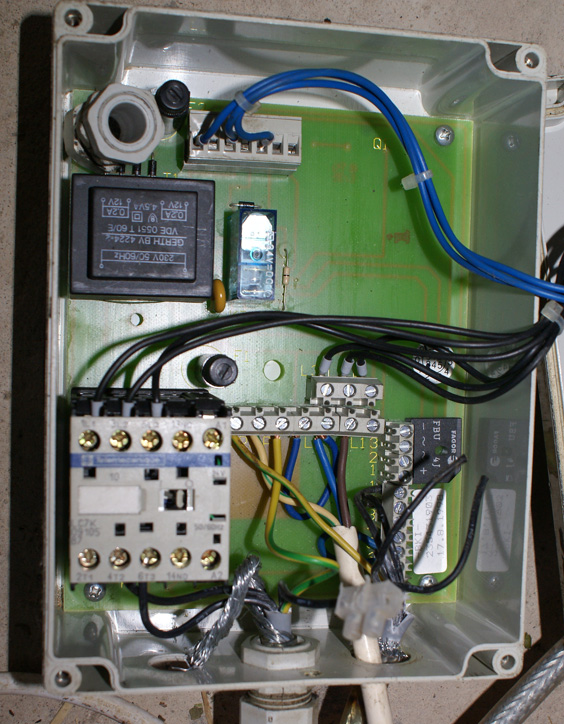
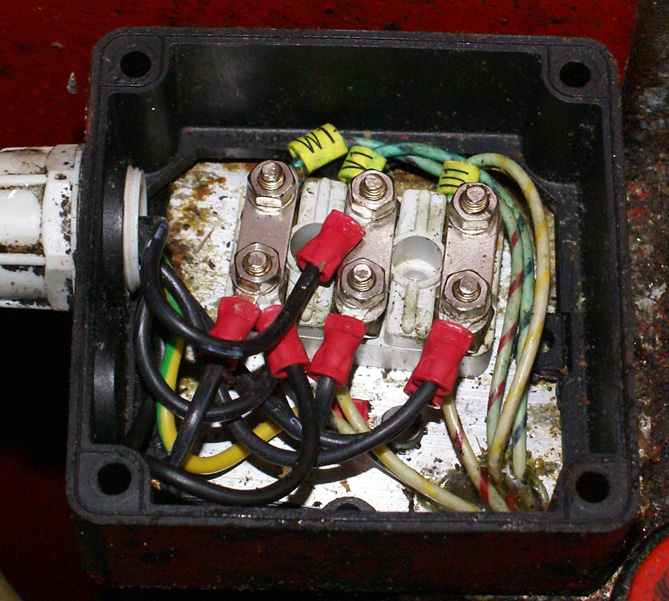
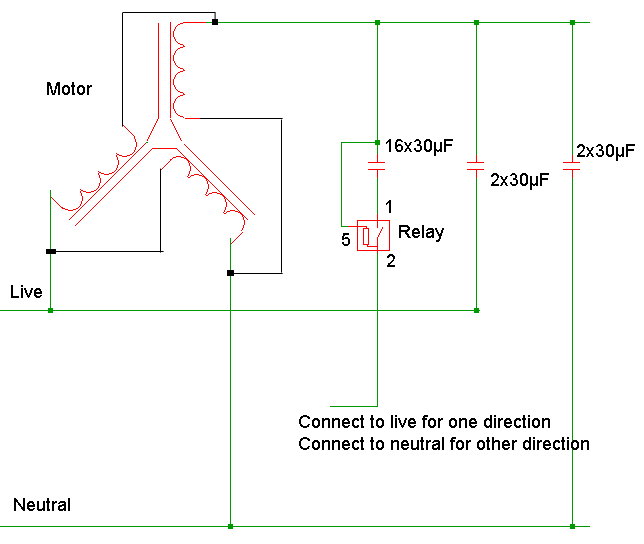
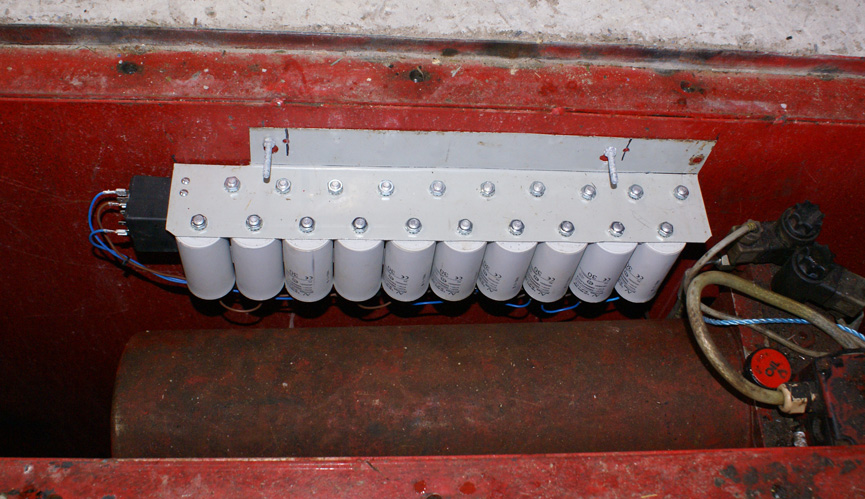
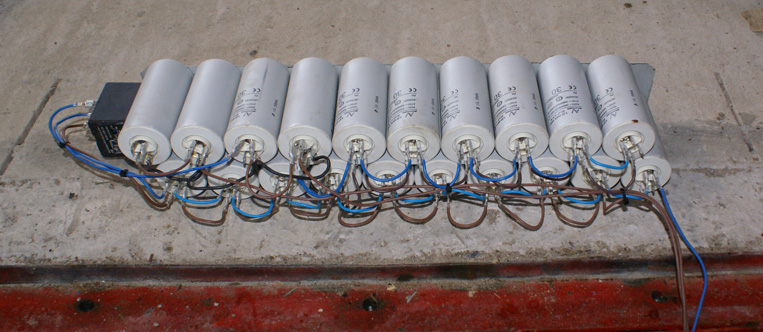
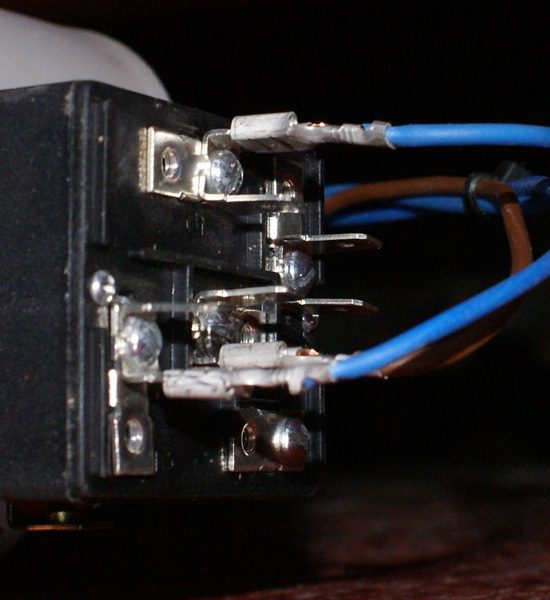
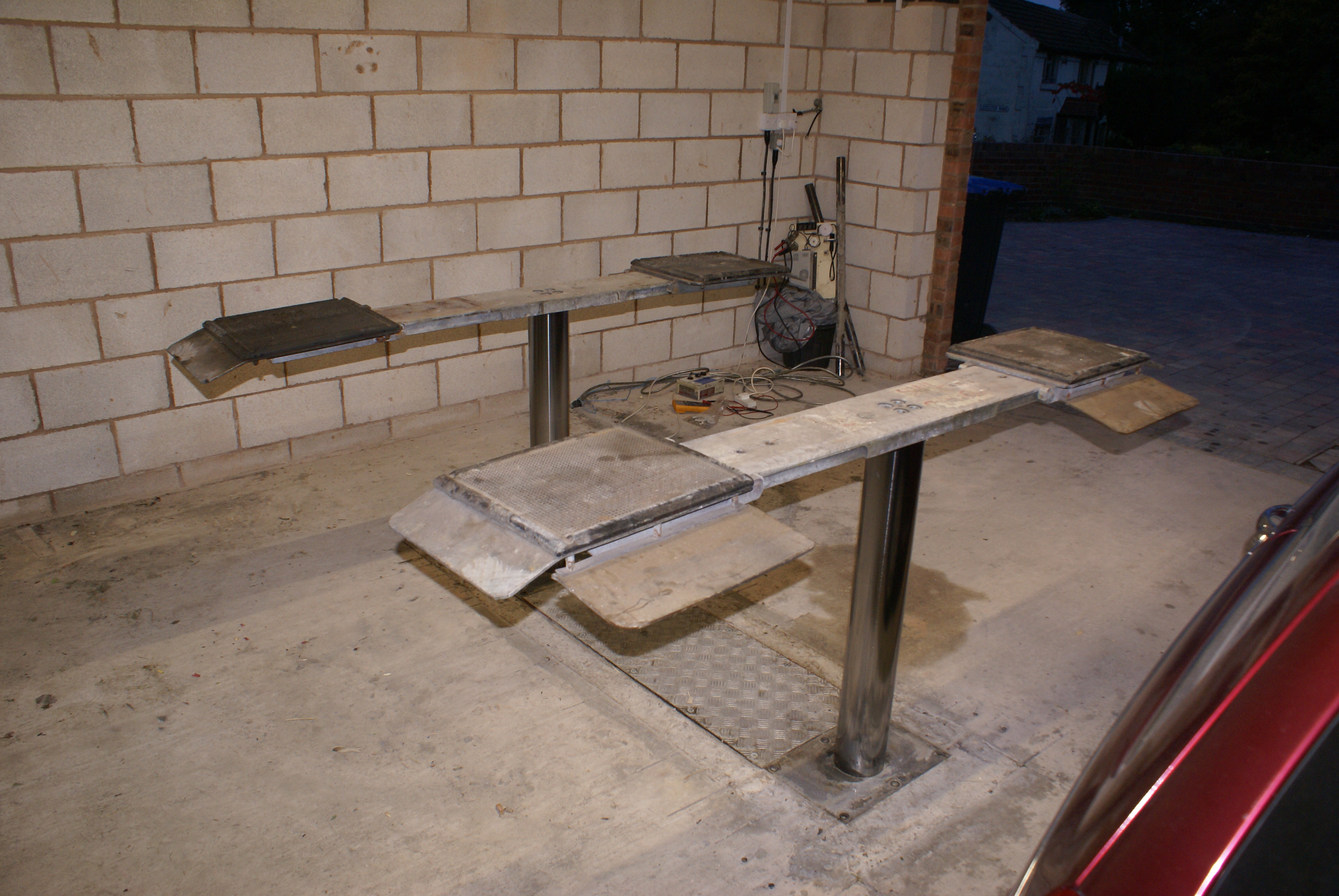
Should the run current be the same across the 3 phases.

The motor is rated at 3 kW, 380 V, 50 Hz and it drives a Stenhoj lift, much like this https://www.autopstenhoj.com/en/masterlift-2-35-pv-1010.html
Based on Tcmtech's circuit, here is how I wired it up:-

Many thanks to tcmtech for his circuit and suggestions.
